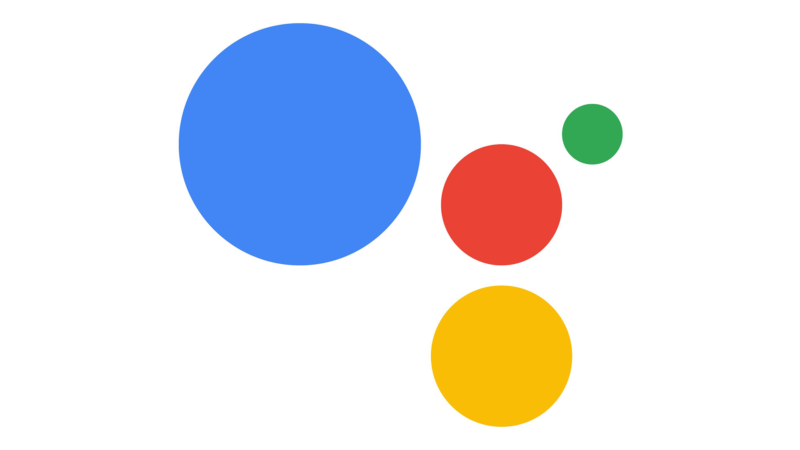
Unlike VR headsets or wearables, smart speakers are rapidly emerging as a mass market technology platform. The latest to document relatively high satisfaction and usage of these devices is call-tracking and analytics company Invoca.
Earlier this year, Invoca surveyed 1,000 people in the US who own an Amazon Echo or Google Home device. The survey asked questions about current behavior and a range of hypothetical scenarios.
The company found that people use smart speakers more frequently over time, with 89 percent using them daily. Here’s a more detailed usage breakdown:
- 33 percent of owners said they used the devices more than five times daily.
- 28 percent used them four to five times a day.
- 24 percent used them two to three times a day.
In addition, 58 percent of respondents said that they used assistants to “accomplish tasks they used to do through typing or swiping.” So there’s some substitution going on, and there’s apparently an appetite for more.
By some estimates, Amazon controls 70 to 75 percent of the smart speaker market in the US. But the Invoca survey found that people were open to devices from other companies not yet in the market, especially Facebook. Nearly 60 percent (58 percent) of survey respondents said they would potentially buy a voice assistant from the social network if it sold one. (Facebook is rumored to be working on such a device.)
Invoca also reports that 73 percent of respondents said they’d made a purchase through a voice assistant, and 39 percent said interaction with these devices had influenced purchases made elsewhere. (I’m skeptical of the accuracy of the 73 percent figure.)
One of the more interesting findings: Invoca also discovered some receptiveness to ads on these devices, provided users had a degree of control or they were personalized in some fashion. Currently, there are no ads on Google Home or Alexa devices, though promotional audio messages are likely to arrive at some point. Earlier this year, Amazon shut down such an attempt by third-party analytics company VoiceLabs.
The report also explored tasks or activities that were being pursued by device owners in several vertical contexts: banking, travel and healthcare. Here were the top three smart speaker objectives or activities reported in each category:
Travel
- Inquire about hotels.
- Check flight status.
- Purchase or book something.
Banking
- Check a balance.
- Pay a bill.
- Track spending.
Healthcare
- Ask about symptoms.
- Ask about health/diet tips.
- Connect with hospital or doctor.
Survey respondents were not without some criticisms and complaints, mostly having to do with being comprehended, the length of conversations they could have and the complexity of tasks they could execute.
About 90 percent of owners said that if they’re unable to get what they’re seeking from the smart speaker they turn to search. And 76 percent said that they would like to be able to connect with a human through the device, as a backup, if it was unable to answer their question.
After the smoke from holiday 2017 clears, we could discover as many as 50 or 60 million smart speakers installed in US households.